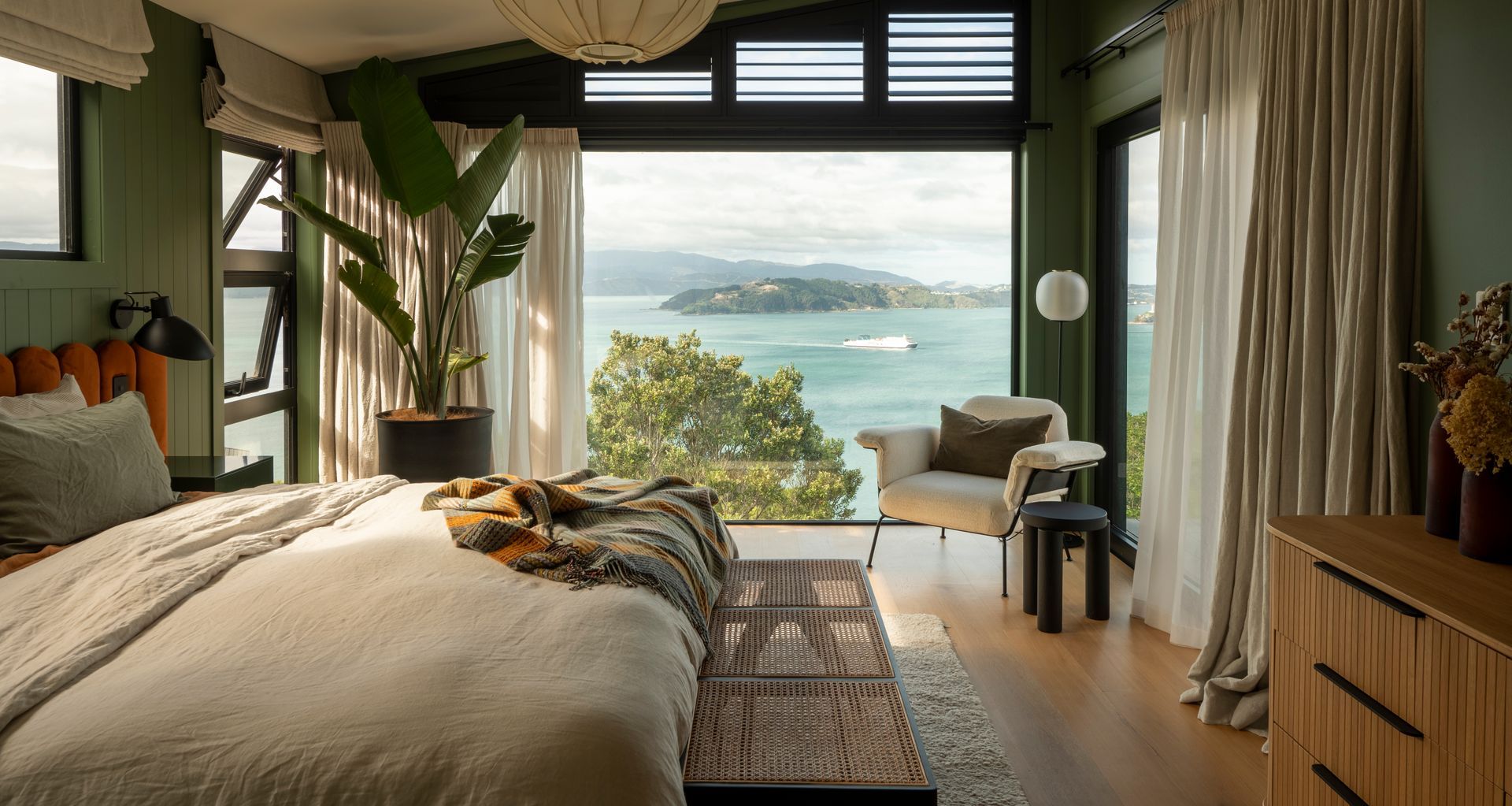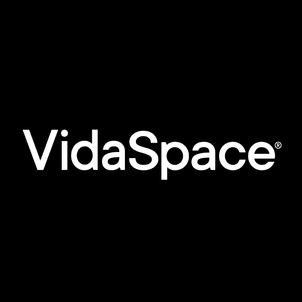Understanding Light Reflectance Value (LRV)

This guide explores the concept of LRV and explores how it can inform smarter, more effective design decisions across a wide range of environments.
What is Light Reflectance Value (LRV)?
Light Reflectance Value measures the amount of visible light that a surface reflects.
The LRV scale ranges from 0 to 100. A value of 0 represents a surface that absorbs all visible light, essentially pure black. A value of 100 represents a surface that reflects all visible light, or perfect white. However, in real-world conditions, true black never reaches 0, and true white never achieves a full 100 due to material and environmental factors. All other colours fall between these two extremes.
Surface texture and finish also affect reflectance. Matte or textured surfaces absorb more light and have lower LRVs, while glossy, or smooth surfaces reflect more light and have higher LRVs.
This seemingly simple metric can shape everything from mood and spatial perception to lighting efficiency and accessibility. LRV applies to all visible surfaces: walls, ceilings, flooring, joinery, furnishings, and fittings, making it a fundamental consideration in holistic design planning.
To visually expand a space, use light colours with high LRVs and glossy finishes. Conversely, darker colours with low LRVs, heavier textures, and matte finishes are ideal for creating a more intimate and cosy setting.
Why is LRV Important?
1. Aesthetic and Spatial Impact
LRV has a direct influence on how a space feels. Surfaces with a higher LRV reflect more light, helping spaces feel brighter, more open, and expansive. Lower LRVs, on the other hand, absorb more light - enhancing depth, intimacy, and contrast.
This interplay between light and material contributes significantly to the overall mood and tone of a space, whether you're aiming for serenity, drama, warmth, or vibrancy.
2. Lighting Efficiency and Sustainability
Designers working with natural and artificial lighting strategies can use LRV to enhance energy efficiency. High-reflectance surfaces can reduce the need for excessive artificial lighting - especially in large commercial spaces, hospitality environments, or buildings aiming for sustainability certifications.
3. Comfort and Wellbeing
Research shows that LRV’s play a key role in creating comfortable, safe environments for people with dementia and those who are neurodiverse. As awareness of how light affects perception and cognition increases, more industries are using LRV-based design strategies across diverse settings to promote comfort, clarity, and well-being.
4. Accessibility and Compliance
In public and commercial spaces, maintaining clear contrast between adjacent surfaces is essential for individuals with low vision. LRV data helps ensure this contrast meets accessibility standards, supporting compliance and improving usability for all users.
5. Material Performance and Maintenance
The reflectance of a surface also influences how it appears over time. Low-LRV surfaces (darker tones) may show dust, fingerprints, and scuffing more easily. High-LRV surfaces (lighter tones) tend to reflect dirt and stains more visibly, but can help mask wear from daily use, depending on texture and finish.
How to measure LRV?
In New Zealand, LRV’s are measured according to British Standard 8493:2008 + A1:2010 – the internationally recognised method for determining the Light Reflectance Value of surfaces. This involves a laboratory test using a sphere-type spectrophotometer, under controlled conditions with a 10° observer. Multiple readings are averaged to ensure consistency, particularly for textured or variable surfaces.
Please see our TRUNK and Shinnoki BPIR’s for LRV ratings, or get in touch if you require an LRV report for different range.
